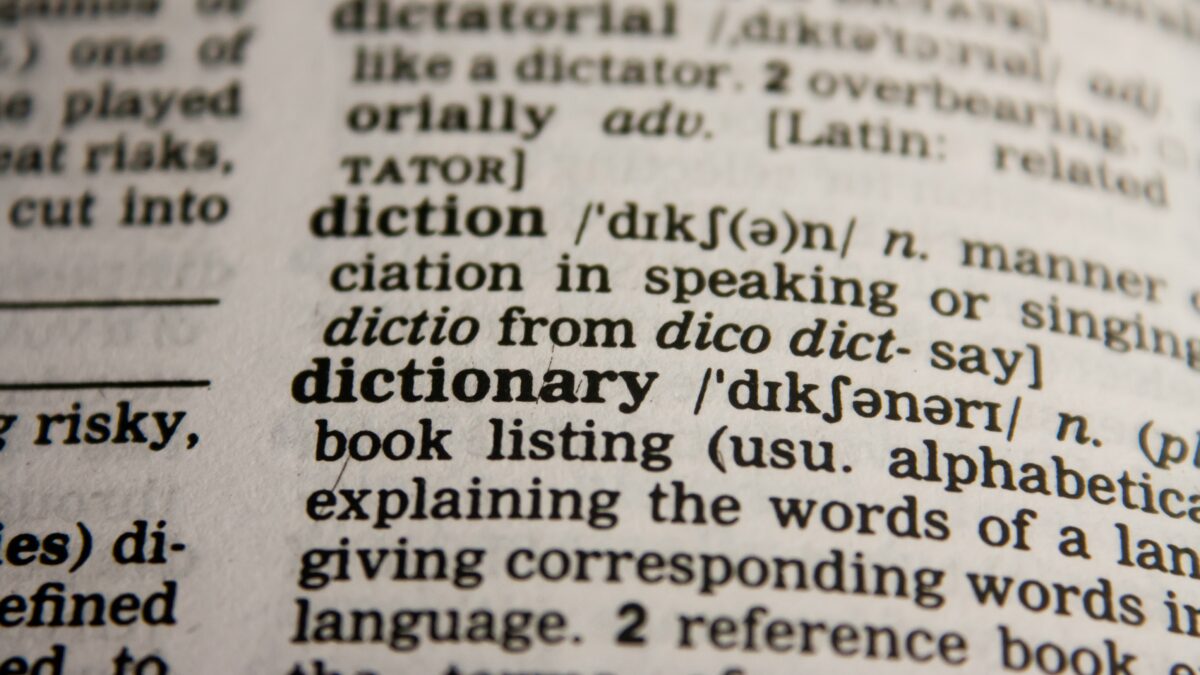Howard Lurie: On transgender kids, children’s brains, and perception vs. biology
 Photo by Denin Lawley on Unsplash
Photo by Denin Lawley on Unsplash
In early April several Pennsylvania Republican state lawmakers introduced a bill to ban transgender students from playing women’s sports. Governor Tom Wolf is expected to veto any such proposal that the legislature passes. The governor of Tennessee, on the other hand, recently signed legislation banning gender-confirming treatment for young minors. It is the second state to do so. Various issues relating to the treatment of the transgender people are arising. The issues that have made the news and drawn the most public comment deal with public restrooms, locker rooms, and girls’ sports.
My interest in the subject of transgender had an unusual beginning: the recent Presidential campaign. On October 16, 2020, I posted a comment on my Facebook page: “Last night Joe Biden endorsed allowing an 8-year-old to decide to be transgendered.” Within a couple of days, I received an email from a friend who saw my comment, told me that she has a transgender grandchild, and wanted to help me understand it better. She said: “There is a book [‘This Is How It Always Is’ by Laurie Frankel] which can educate you about a child’s and a family’s struggle with the issue. Though it is fiction, the author also has a transgender child.”
When I told her that I did not think an 8-year-old child was sufficiently mature to be making that kind of decision, she responded: “It isn’t a question of a decision at age 8 as it is of dealing with what the child is experiencing. The big decisions come later, but many other decisions have to be made all along.”
So, I read the Frankel book to educate myself. And it was education. But as it ended with the child prior to puberty, I still had serious reservations. I then watched an author interview with Mimi Lemay, and decided to read her book (“What We Will Become”) as well. It also ended with the child not yet into puberty. Both books, however, were eye opening as to the trauma and pain endured by the child and the parents when a child believes and acts contrary to their biological gender. Only someone with a stone-cold heart could fail to feel some empathy for the child and the child’s family.
Only someone with a stone-cold heart could fail to feel some empathy for the child and the child’s family.
Not long after reading the Lemay book I saw another interview of an author with a transgender child, Jo Ivester. Her book (“once a girl, always a boy”) was very different from the other two in that it follows the child into adulthood, and deals with the actions taken (including surgery and hormones) to transition from one gender to the other. It is also different, in that it is a journey told by the mother, the father, the child, and siblings. It was extremely well written and was like reading a page-turner novel.
While I now know a great deal more than I did before, I remain uncertain as to how our society can and should respond to the issues and controversies that arise from the fact that people are changing their gender. I believe these issues can be resolved, but not to everyone’s satisfaction.
There is a much larger issue that needs to be seriously explored, but may not get answered: The gap between perception and biology.
READ MORE — Emily Kreps: Don’t take sports away from women
To illustrate my problem I shall use the child (now an adult) in the Ivester book. The child (Emily) was born as a biological girl. As she grew, however, her interests, her behavior, and her mind were that of a biological boy. Was Emily, therefore, really a boy born in the body of a girl? If the answer to that question is “yes”, then we have to acknowledge that the body says one thing, and the brain says something else. Emily’s body said she was a girl, but her brain told her she was a boy.
If the brain and the body disagree on the issue of gender, the resulting pain, anguish, and trauma to the child and the family are real. Reading these three books makes that abundantly clear. Obviously, if the brain says one thing, and the body says something else, either the brain or the body is wrong. So far it has been assumed that the brain is right and the body is wrong. Thus, the solution to the problem has been to use drugs and surgery to alter the body to conform to the commands of the brain.
But perhaps it is the brain that is wrong.
The body is at an obvious disadvantage in that it cannot argue against the brain. Something in the brain is telling the child that the body is wrong. But what in the brain is doing that? Is it possible that science could determine where and what in the brain is telling the child that it is in the wrong body? Even if that question could be answered, the next question would be what is the remedy. Should we not at least entertain the question of treating the brain as a solution to the problem, and avoid the mutilation of the body? I am only asking that we think about it.
Howard Lurie is Emeritus Professor of Law, Charles Widger School of Law, Villanova University



